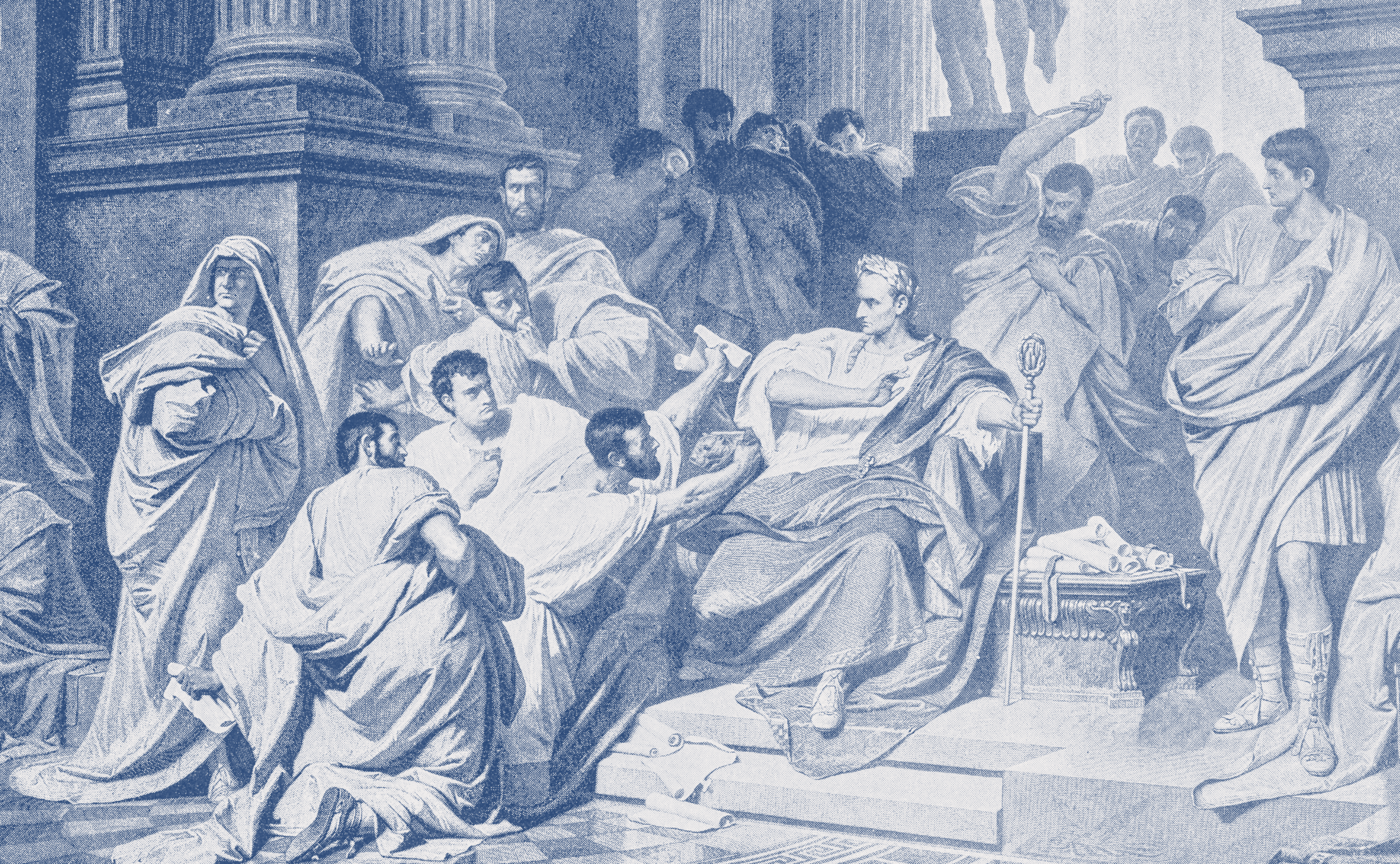‘Something’s Not Right Here’: How the Music of ‘Halloween’ Rattles Listeners
October 12, 2022
- Author
- Jay Pfeifer

October 31, 2022
Prof. Neil Lerner is today's guest on Charlotte Talks With Mike Collins. Tune in live at 9 a.m. or rebroadcast from 7-8 p.m.
Originally Published October 15, 2021
Before Halloween and its iconic villain Michael Myers terrified viewers, it was just a low-budget horror film that flopped in test screenings. Director and writer John Carpenter says that when he first showed a rough cut—without music—to film execs, they told him it wasn’t scary.
That all changed after Carpenter wrote and recorded the spare, nerve-jangling score. Using only a synthesizer, Carpenter wrote and performed all of the film’s music—including the now-iconic Halloween theme—and transformed the film from a shrug to a shudder.
Since then, Halloween has grown into one of Hollywood’s sturdiest franchises, spawning a total of 12 sequels and reboots. The 13th in the series, Halloween Ends, opens in theaters and on the streaming platform Peacock on October 14.
Listen to Professor Neil Lerner explore the staying power of John Carpenter's iconic theme music and how it remains so unsettling all these years later.
Though Carpenter was not involved in many of the sequels, he returned to score the 2018 revival that is—somewhat confusingly—called Halloween, and he’s doing it again for the newest sequel.
Davidson College music chair and professor Neil Lerner is a published authority on music in horror films and sometimes teaches a class at Davidson on horror films where Carpenter’s original score naturally appears. We caught up with Lerner to get his thoughts on the spine-tingling music.
What makes the Halloween theme so unsettling?
John Carpenter's famous theme for Halloween is distinctive for a couple of reasons. The main thing is that it’s in 5/4 time, an asymmetrical meter. It's got five pulses instead of just a group of two or of three. That's pretty unusual, at least for film music and for mainstream music. We're used to hearing music that has really even, steady pulses.
A grouping of five is just something our ears aren't accustomed to. It gives the theme a subtle way of sounding like the world is out of balance, that something is askew or not right.
The theme sounds so simple. How does that contribute to its staying power?
It's an economical score at a very practical level because, as far as I can tell, it’s just synthesizers. A typical feature film would have budgeted for an entire orchestra, which is quite expensive. You're paying individual players and recording engineers and so forth. For Carpenter to do it all himself on the synthesizer would just be much cheaper.
Then, the music is just simple. The theme is mostly three pitches that he repeats several times, and then he shifts it all down a half step. He's cycling through patterns and efficiently reusing musical ideas.
Carpenter’s setting up an idea of surprise with the music. And it works as a design principle for the whole way the film is going to work. Halloween is about these shocks and surprises and so the music has shocks and surprises as well.
Of course, Halloween is more than just the infamous theme music. What other tricks does Carpenter use during the rest of the film?
He uses pedal tones incredibly effectively. A pedal tone is a way to create a kind of suspense; you're holding a note longer than you would expect it to be held. And normally, the pedal tone will eventually resolve into some sort of cadence that your ear is expecting.
Horror film scores will hold pedal tones for an extremely long time; sometimes for 30 seconds or 60 seconds. There are several scenes in Halloween that hold two notes for a long time. It’s dissonant, and the dissonances are not prepared or resolved. It’s another way to create something that sounds unstable or sounds like it needs to move.
The Halloween score didn’t come out of nowhere. What influences do you hear?
Horror music has roots in the early days of film accompanying and even further into concert hall music and operas, but one key influence here is Bernard Herrmann’s brilliant score for Psycho. It is arguably the first slasher film of its kind.
Herrmann's music is full of unprepared and resolved dissonances. So that shower scene is just two pitches. The second time through they do the famous sliding-string sound to get that tearing or ripping effect.
But, like Halloween, there's a budgetary explanation for the Psycho score as well. It was originally planned to be an episode of Alfred Hitchcock’s TV show and not a feature film. So the budget was much lower; Herrmann didn't have as much money to pay for a large orchestra. He could only pay for strings. And that's probably why the Psycho score is written only for string instruments.
It's tempting to listen to the Psycho score and say, “Oh, what a brilliant and inspired decision to only write for strings as a parallel to shooting the film in black and white,’’ but the decision was actually dictated by the budget.



